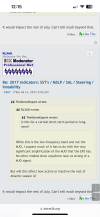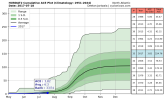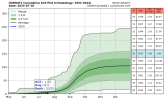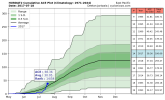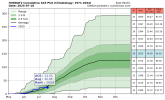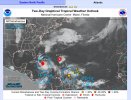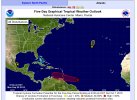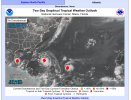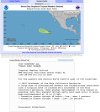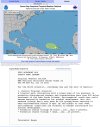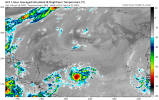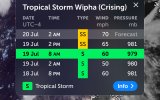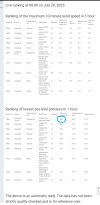Don’t want to hype, but the way people were talking in the tropics community in 2017 vs now is ominously similar to now.
View attachment 45219
View attachment 45220
On this day 8 years ago the Eastern Pacific was at the letter “G”, while the ATL had just gotten the letter “D” from a mid-July tropical wave that became a TC.
The models right now are trying to tick up on a late-July MDR, which is a little later than 2016 but very similar too.
And just like early ENSO forecasts in 2017, this year had a warm ENSO bias that trended towards cooler ENSO later on in the year.
2017 and this year both have had sloppy TCs to start the season off too.
I’m mainly worried that we could see another 2017 at some point, but I really hope that a 2017-like season never happens again.
This was just something I noticed and wanted to share my thoughts on.
As in any season, having an evacuation plan is something that is very important. And if you are staying at home during a hurricane, having the necessary equipment and supplies is essential for you. Please stay safe during the rest of the season.

en.m.wikipedia.org

hurricanes.fandom.com


